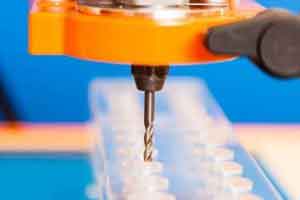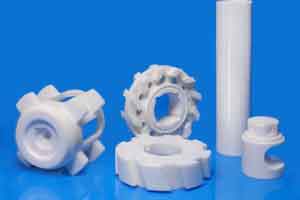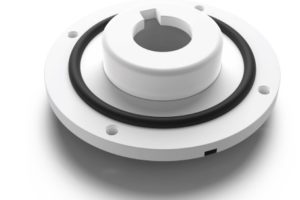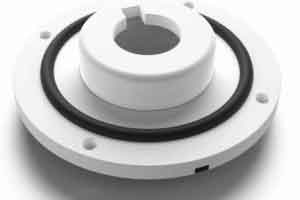CNC machining is and has always been around us. Yet, surprisingly some people are not familiar with the manufacturing process. Have you ever wondered how different companies get their complex machine parts? Yes, it is by CNC Machining. CNC machining is not only for machine parts. It is an important manufacturing process for people who want to make anything without using their hands. However, since you are a beginner into the CNC machining world, we believe you are not ready yet. This is why we have CNC Machining 101, where you get to know some basics of CNC machining.

In this article, you will get to know the fundamentals of CNC machining. Knowing the basics of CNC machining might be only to broaden your scope on basic CNC machining principles. However, it will also set you up on what to expect when using the manufacturing process. We at China Medical CNC Machining Inc. can help you with the latter because we are ever available to provide you with the best. Before then, let’s demystify the process. Read on!!!
What Is CNC Machining?
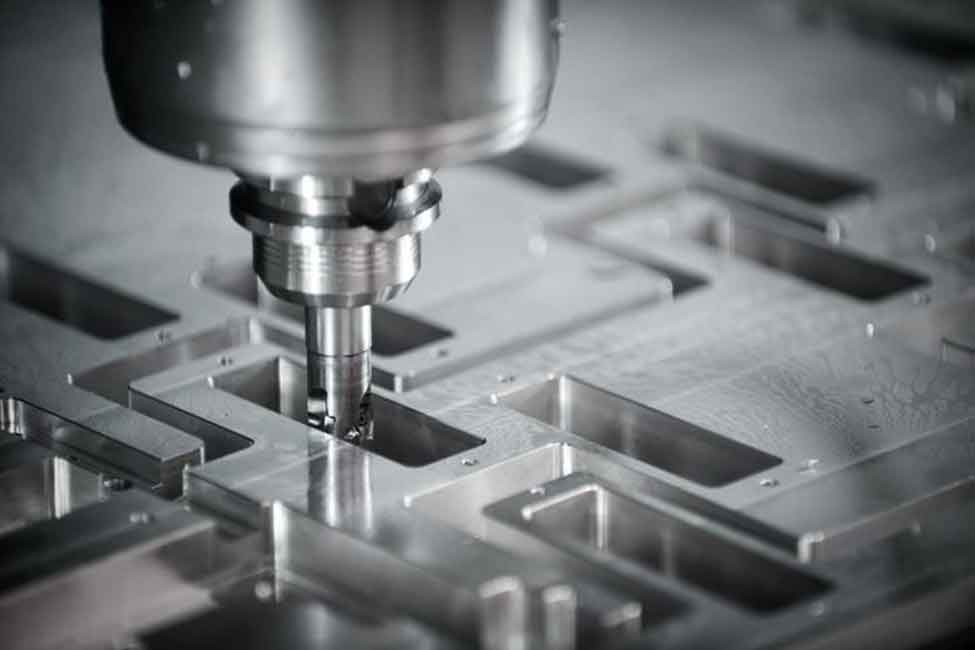
CNC (Computer Numerical Control) machining is a subtractive manufacturing process that uses computerized machine tools to make a custom-designed part. A computer uses programming codes to direct machine tools to chip at (subtract) a material. This is until the material forms the input designed part.
How CNC Machining Works?
In order to further grab the basics of CNC machining, it is crucial to know how CNC machining works. From the definition, CNC machining is a subtractive and computerized process. Therefore, knowing how it works comes from understanding the relationship between the computer, the required operations, and the workpiece.
Based on this relationship, CNC machining’s mechanism can be divided into four different stages, which we explained below.
- Create A CAD Design
Creating a Computer-Aided Design either in 2D or 3D format is the first thing to do. You can achieve this by using CAD software. With the software, you can render any parts you want with the right technical specifications. However, there is a little limitation. The workpiece’s properties have a huge role to play in the design and how it turns out. We will discuss this under CNC machining materials.
- Convert the CAD File to A CNC Program
The next step is converting the CAD file to a CNC-compatible file format. The CNC program will analyze the CAD file to generate programming codes needed for the process.
There are two types of code you should be familiar with in CNC machining basics. These are the G-code (Geometric Code) and M-code (Machine code). G-code controls the machine’s actions. For example, it controls how it moves, when it moves, how fast it moves, the path it takes, etc. On the other hand, the M-code controls the factors that surround the machine’s capabilities. For example, it controls the removal and replacement of the machine cover.
- Set Up the CNC Machine
Setting up the CNC machine is in two ways. One is that you must run a check on the CNC machine to ascertain its condition. The second thing is fixing the workpiece on the machine. You can fix the workpiece directly into the machine while you attach the required tools and components.
- Execute the Operation
After setting up the CNC machine, you can then run the CNC program. The CNC program is the control center for all the actions of the CNC machine. It commands the machine by dictating its actions and movements towards getting the right result.
Modern CNC machining like ours at China CNC Machining only requires you to upload a CAD file. The CNC program will analyze the CAD file to make sure the design is possible.
Common CNC Machining Operations
CNC Machining 101 is also not complete without knowing the CNC machining operations. There are two major CNC machining operations you must pay attention to, and we demystified them below.
CNC Milling
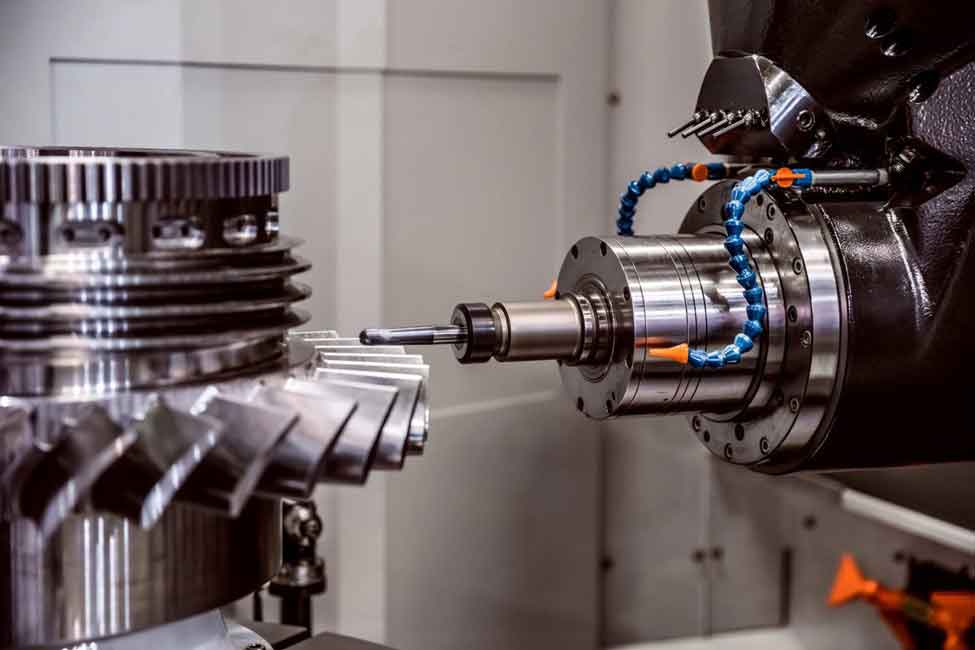
Milling in CNC machining is cutting away part of a workpiece using rotating cutting tools.
There are two processes in CNC milling. The automatic process allows a CNC machine to feed the workpiece directly into cutting tool rotation. The feeding direction is always in the direction of the cutting tool’s rotation. The other is a manual CNC milling, which is always opposite of the cutting tool’s rotation.
CNC Milling allows you to perform the two major type of operations:
- Face Milling: This is used for cutting shallow surfaces, flat surfaces, and flat-bottomed cavities.
- Peripheral CNC Milling: This is for cutting deep cavities on the workpiece.
CNC Turning
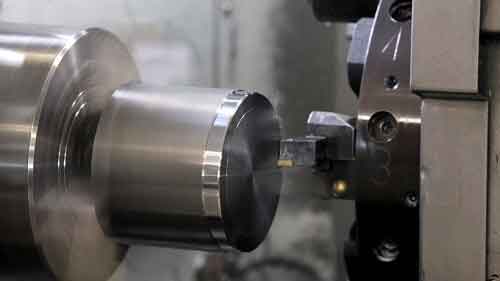
Turning in CNC machining is the process of removing parts of a workpiece while rotating on a single axis. Is the definition complex, right? However, imagine a bolt and nut. The process of making those line two tools’ spiral external and internal parts in CNC Machining is CNC Turning.
CNC Turning allows you to perform the following operations:
- Boring.
- Facing
- Grooving.
- Thread cutting.
CNC Milling and CNC Turning are not the only CNC Machining operations available. Depending on the CAD file and what you want, below are other available CNC Machining operations.
- Drilling.
- Broaching
- Sawing.
- Grinding
- Honing
- Lapping.
Pro and Cons of CNC Machining
Like any other manufacturing process, knowing CNC machining basics comes with understanding its pro and cons. Below are some of the pros and cons of using CNC machining.
Pros
- Precision
CNC machines are precise. Therefore, they are employed in sectors that deal with human lives. You wouldn’t want to board a plane made from materials subjected to a flawed manufacturing process. This makes them the right manufacturing process for the aviation, automotive industries.
- Accuracy
CNC machines have high accuracy, which allows them to produce parts without worry about whether it will fit into a bigger component.
- Versatility
CNC Machining offers various options in terms of materials supported. You should know whether the material is compatible with the process before using it. Check for factors such as heat tolerance, sheer resistance, and hardness.
Cons
- Cost
Enjoying the pros of CNC machining come with a very high cost. However, it is better to go on with it because of the advantages, such as accuracy and precision.
- Size limitation
CNC machining supports materials that can withstand the manufacturing process. However, there is a size limitation. This can lead to problems when manufacturing large parts.
CNC Machining Materials
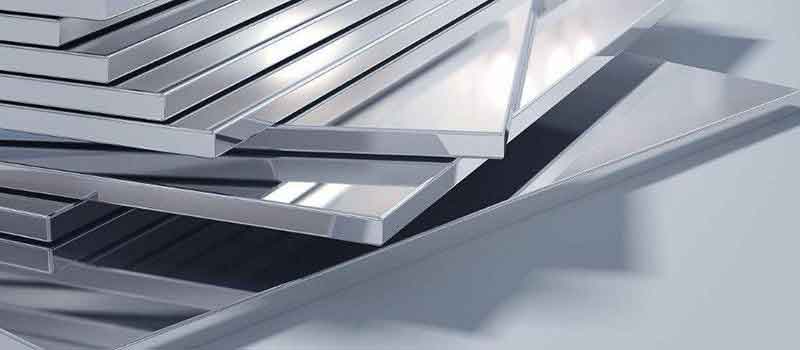
CNC Machining 101 cannot be complete without knowing the materials suitable for the process. To be precise, you can use any material for the process. However, the material must be able to withstand the heavy requirement of the manufacturing process.
You can say that choosing a material for CNC machining depends on the materials specifications and the manufacturing process. Examples of materials suitable for the process and supported by us at China Medical CNC Machining Inc. are:
- Aluminum.
- Copper.
- Brass / Bronze.
- Steel.
- Stainless Steel.
- Titanium.
- Plastics.
- Wood.
You can find the full list of our supported materials on our instant quoting platform. Upload your design files and start your project today!
CNC Machining Applications
We are at the end of CNC machining 101, and the last thing you need to know is CNC machining basic applications. Due to its versatility and other advantages, CNC machining has a wide range of applications in different industrial sectors. Below are top industries that use CNC machining
- Automotive
The automotive industry incorporated CNC machining into its manufacturing process because it helps them make prototypes and real products with high accuracy and precision.
- Consumers Electronics
While it might be surprising, CNC machining is very prominent in consumer electronics. Companies such as Apple use CNC machining in their production. For example, the Apple MacBook’s chassis comes from aluminum subjected to CNC machining.
- Aviation/Military
The two industrial sectors are frequent users of CNC machining. This is because it can produce on-demand replacement and upgraded versions of any parts.
Conclusion
Having a basic knowledge of CNC machining can help you stay relevant in this industrial age. With this article, you will be exposed to the basics of CNC machining. This article demystified the process. It showed what makes the process special and why many industries are incorporating it into their manufacturing process.
Make China Medical CNC Machining Inc. Your First Choice for CNC Machining
CNC machining is popular. This is evident in the adoption of the process in many industrial settings. It is also evident in the number of companies that offer to bring the service to people/companies that need it. At China CNC Machining, we are very good at what we do. Therefore, when you choose us, you get to enjoy many benefits. For instance, you get an instant online quotation once you upload your CAD file into our system. What makes ours unique is that this takes not more than one minute. You also get to enjoy DFM (Design for Manufacturing) analysis, which determines whether the parts are manufacturable or not. Apart from that, you can always enjoy professional suggestions provided by our engineering team. Upload your design files and start your project today!
FAQ
CNC machining is a subtractive manufacturing process that uses computerized machine tools to make a custom-designed part.
G-code and M-code are the two types of code in CNC programming. G-code controls the machine’s actions, for example, how it moves, when it moves, how fast it moves, the path it takes, etc. M-code controls other miscellaneous factors that surround the machine’s capabilities.
CNC stands for Computer Numerical Control.
Share on social media...
Tags
Popular Topics
1
Understanding Plastic Fabrication Processes: A Complete Guide
Ayotomiwa Omotosho13 Feb
2
Ceramic CNC Machining: Another Option for Custom Manufacturing
Oluwafemi Adedeji13 Feb
3
The Overmolding Design Guide You Must Never Forget
Oluwafemi Adedeji13 Feb
4
What You Need to Know About the Overmolding Process
Paul Richard05 Feb

